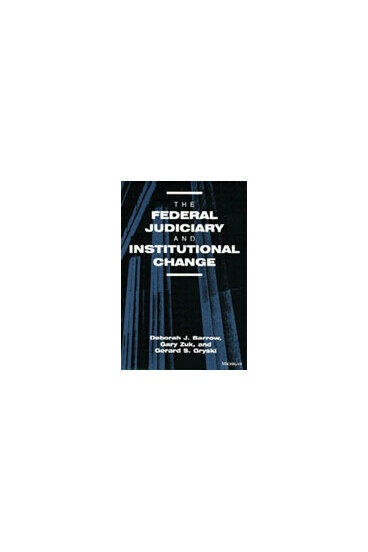The Federal Judiciary and Institutional Change
An in-depth historical analysis of partisan transformations of the Federal Judiciary
Description
This work focuses on the staffing of the federal district and appellate courts from 1869-1992. Using a large data set that includes information on appointments and voluntary departures, the importance of government control (unified versus divided) to institutional change is showcased.
The analysis is divided into three eras (1869-1932, 1933-68, and 1969-92), each of which was dominated by one of the two parties. The nature of partisan transformation of the judiciary in each era is examined, and comparisons across eras are made. The authors scrutinize the approaches of individual presidents to judicial staffing and describe the politics of bench expansion. In addition, they present an intriguing analysis of how judges contribute to change in the partisan complexion of the bench by timing retirements to favor their parties.
The Federal Judiciary and Institutional Change is written in the theoretical tradition of neo-institutionalism. The authors find that the nature of partisan transformation of the Third Branch is very much a function of changes in the institutional environment.
This work will be of interest to judicial scholars, especially in political science, as well as legal historians and specialists in American politics drawn to the theme of the importance of unified government.
Deborah J. Barrow, Gary Zuk, and Gerard S. Gryski are Associate Professors, Department of Political Science, Auburn University.
Deborah J. Barrow , Gary Zuk , and Gerard S. Gryski are Associate Professors, Department of Political Science, Auburn University.

